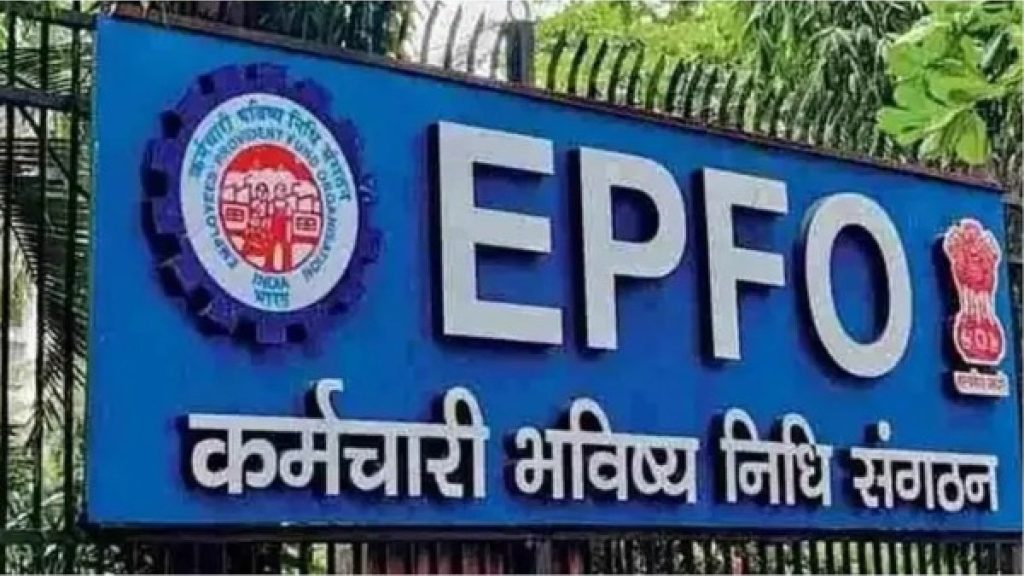In a noteworthy boost to employee security, members of the Employees’ Provident Fund Organisation (EPFO) are now eligible for life insurance coverage up to ₹7 lakh under the Employees’ Deposit Linked Insurance (EDLI) scheme — fully paid for by the employer, with no premium required from the employee.
Here’s a detailed breakdown of this benefit — how it works, who is eligible, how much the payout can be, recent changes, and what you should do to ensure your family is protected.
What is the EDLI Scheme?
The EDLI scheme is a life-insurance benefit linked to EPFO membership, designed to provide financial protection to the nominee or legal heir of an employee in service under EPF. Under EDLI:
- The insurance benefit is available if the employee (EPF member) dies while in service.
- The premium is not paid by the employee — rather, the employer contributes a small amount (currently 0.5% of the PF wages up to a ceiling) to cover this.
- No separate enrolment is required; membership in EPF automatically gives access to this cover (subject to eligibility).
How Much Cover and What Are the Limits?
Here are the key numbers currently in effect:
- The maximum insurance benefit under EDLI is ₹7 lakh.
- The minimum assured benefit is around ₹2.5 lakh for those meeting certain service criteria (e.g., at least 12 months’ continuous service) under earlier rules.
- The benefit is applicable without any premium contribution from the employee.
- The amount is determined based on the average monthly salary (wages) of the last 12 months (or as specified) and other scheme terms.
Recent Changes & Relaxations in Eligibility
Several recent updates have made this benefit more accessible and smoother to claim:
- The scheme has been extended retrospectively from April 28, 2024, ensuring more than 6 crore EPFO members are covered up to ₹7 lakh.
- Criteria have been relaxed regarding service continuity: For example, gaps of up to 60 days between jobs may now be ignored when counting continuous service under certain conditions.
- Minimum benefit thresholds (such as the lower limit of ₹50,000 in some scenarios) have been introduced for situations where an employee has lesser service or lower contributions.
Why This Matters
- Financial security for families: In the unfortunate event of the death of an EPF member, the nominee/beneficiary gets a substantial payout — up to ₹7 lakh — at no cost to the employee.
- No premium burden: The fact that the employee need not pay anything makes this a potent benefit for millions of salaried workers.
- Ease of access: Recent reforms ease documentation, eligibility criteria, and ensure the benefit reaches those who change jobs frequently — critical in today’s dynamic employment market.
- Peace of mind: Knowing that such a benefit exists can be a comfort for both the employee and their dependents, backing the provident fund with a life-insurance layer.
What Employees Should Do
To ensure you and your family fully benefit, here are practical steps:
- Check your EPF membership: Ensure you are an EPFO member and that your UAN (Universal Account Number) is active and updated.
- Nomination details: Log in to the EPFO portal, check your nominee details for both EPF and EDLI. Ensure they’re accurate and up to date (correct name, bank account, Aadhaar, etc.).
- Inform family/nominee: Make sure the nominated person knows about this benefit and has the required bank account linked and Aadhaar/KYC updated.
- Document readiness: In case of claim, documents like death certificate, nomination proof, bank passbook/cheque copy, and last 12 months’ wage details may be required. The employer must also verify the claim.
- Employer compliance: Verify that your employer is contributing the required premium for EDLI (though this is usually handled automatically).
- Review periodically: Since eligibility rules and payout amounts may change, keep an eye on EPFO communications and scheme notifications.
Important Caveats
- The benefit covers death during service (while employee is a member of EPF) under specified conditions. Post-resignation/retirement death may not always qualify.
- The payout amount (up to ₹7 lakh) is subject to criteria (wages, months of service, scheme norms). It may not uniformly be ₹7 lakh for every member.
- The employer contribution is mandatory for the scheme coverage; if the employer fails to comply, there may be issues in claim settlement.
- The scheme is separate from other life insurance or personal policies; the existence of this cover does not preclude having additional insurance.
- As with any claim-based benefit, correct nomination, KYC, wage records, and timely filing matter significantly.








